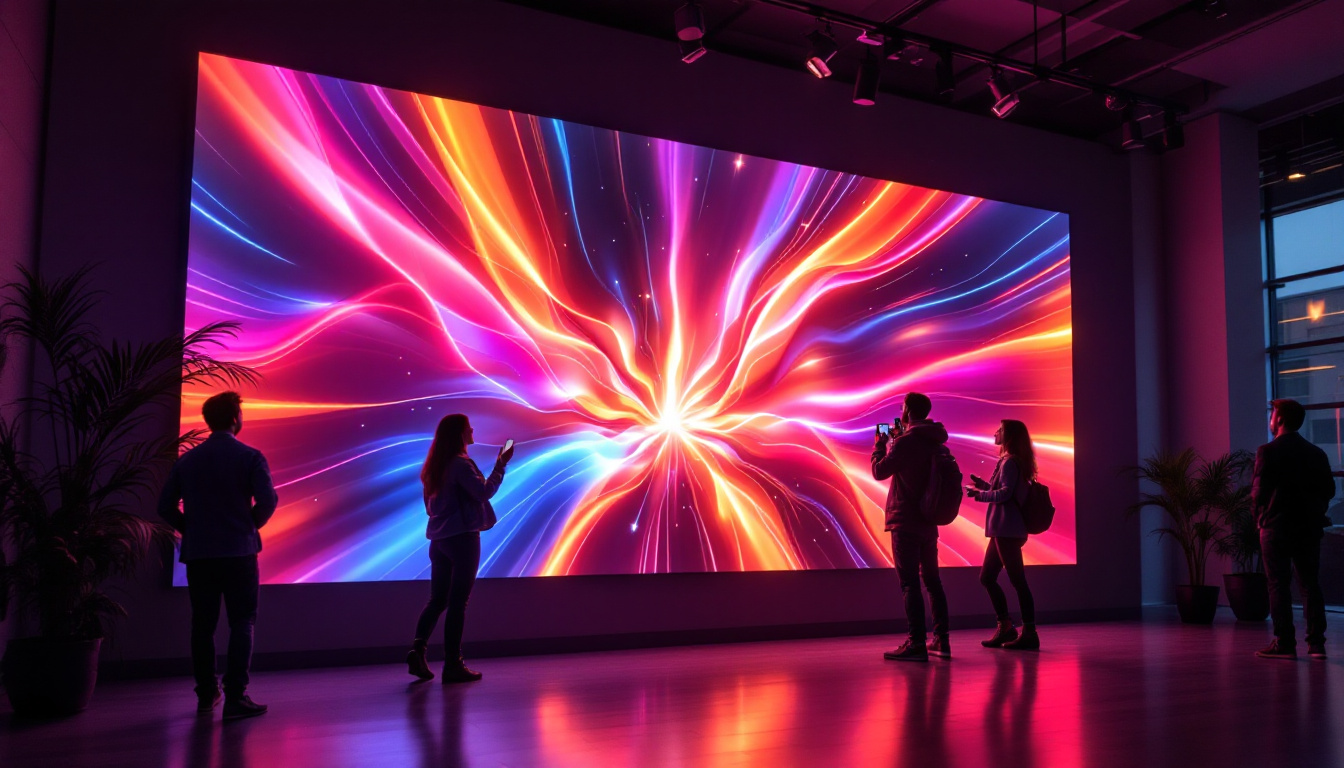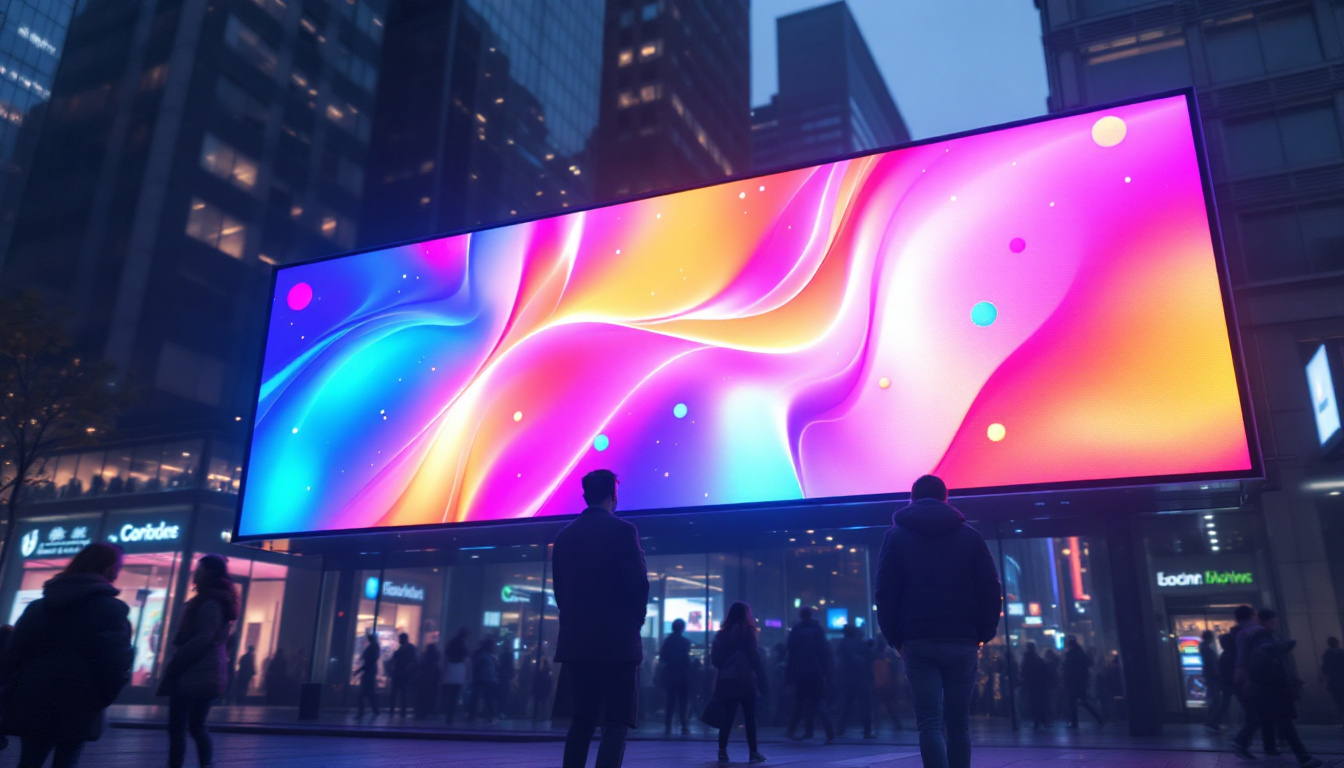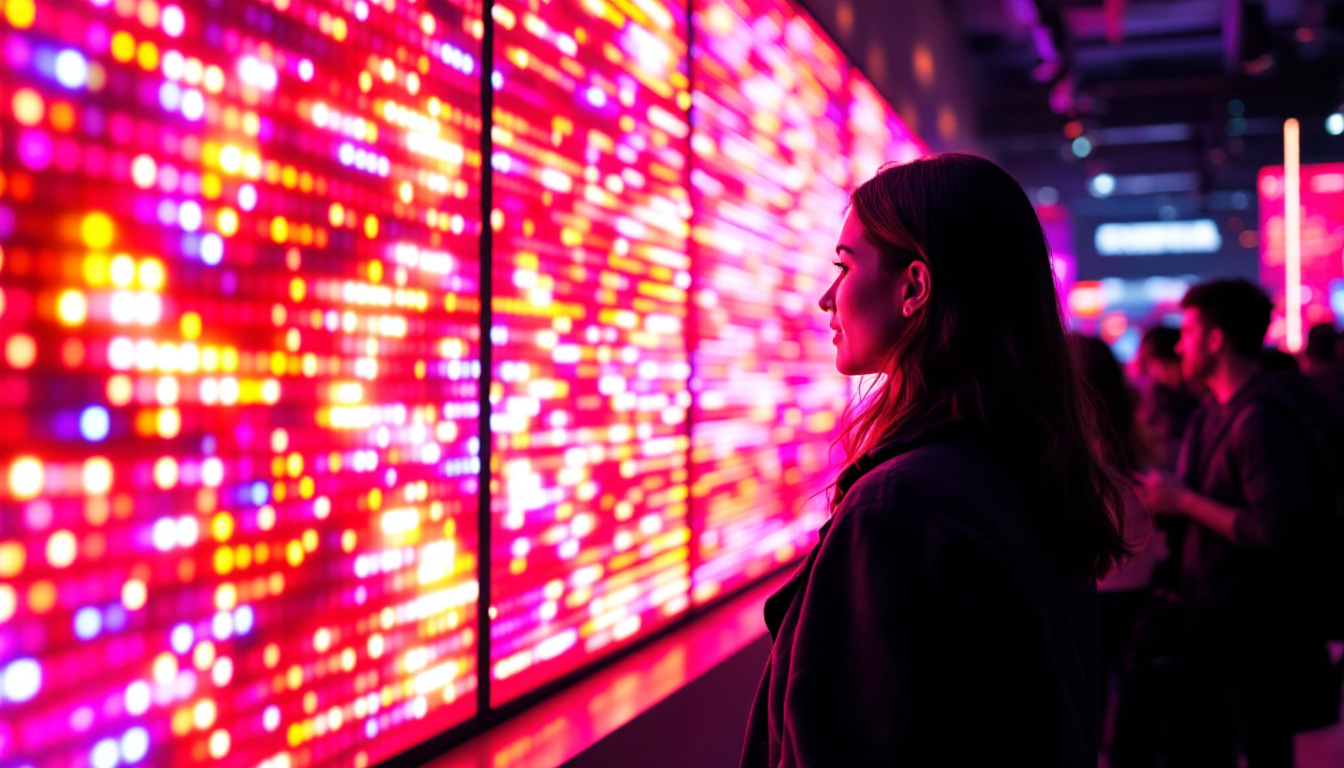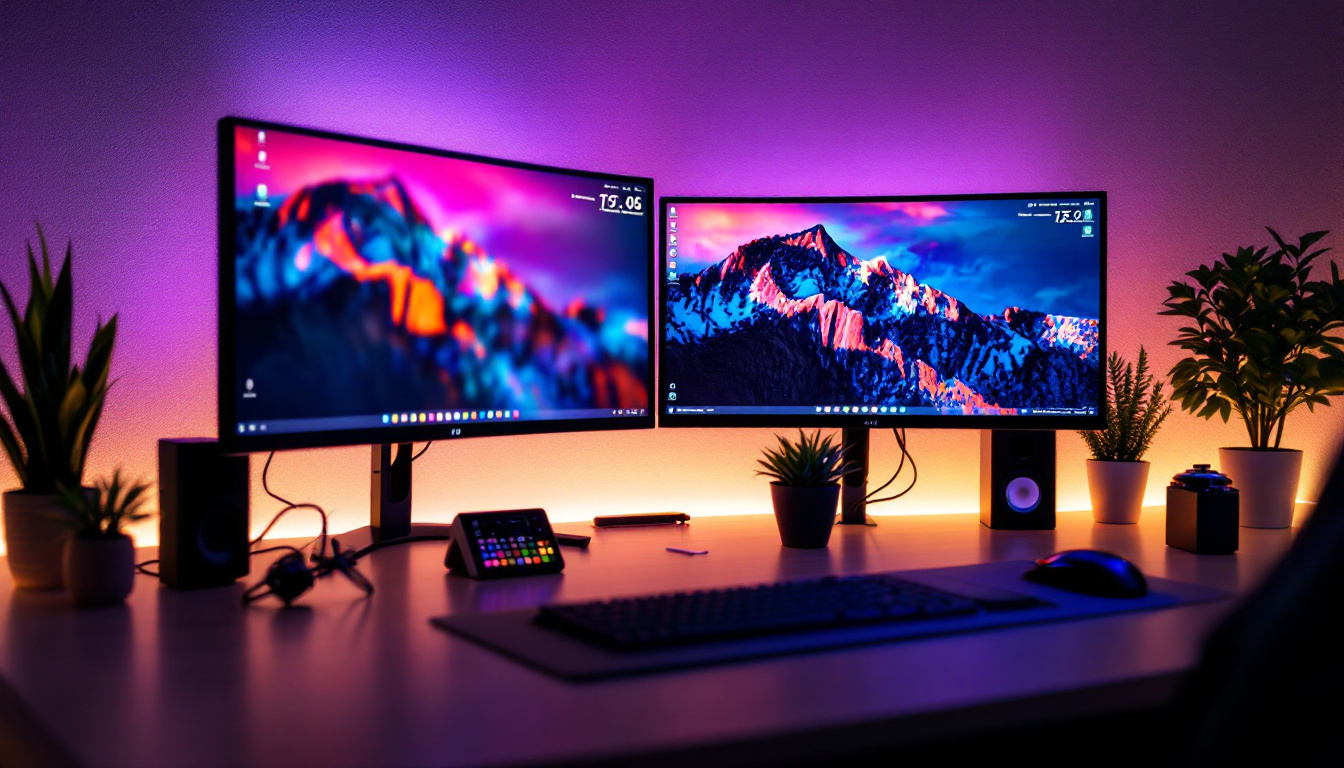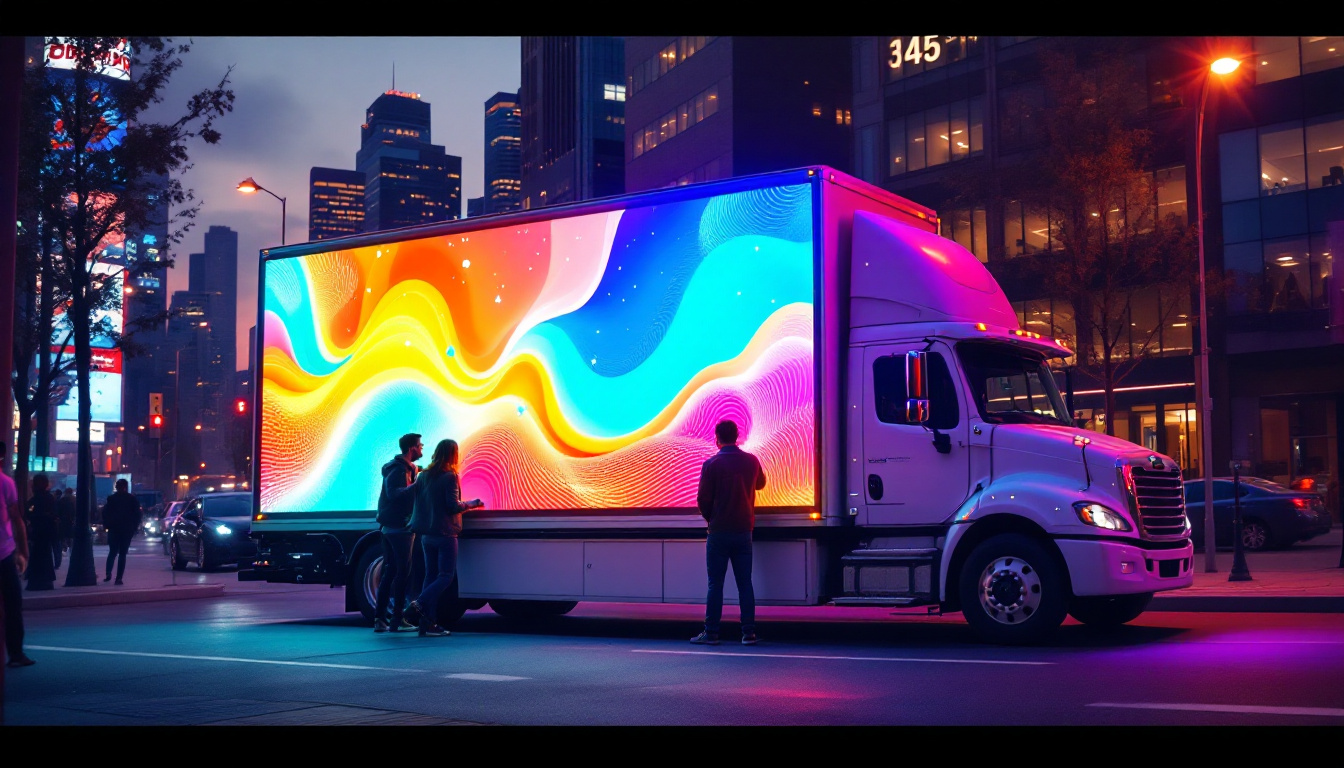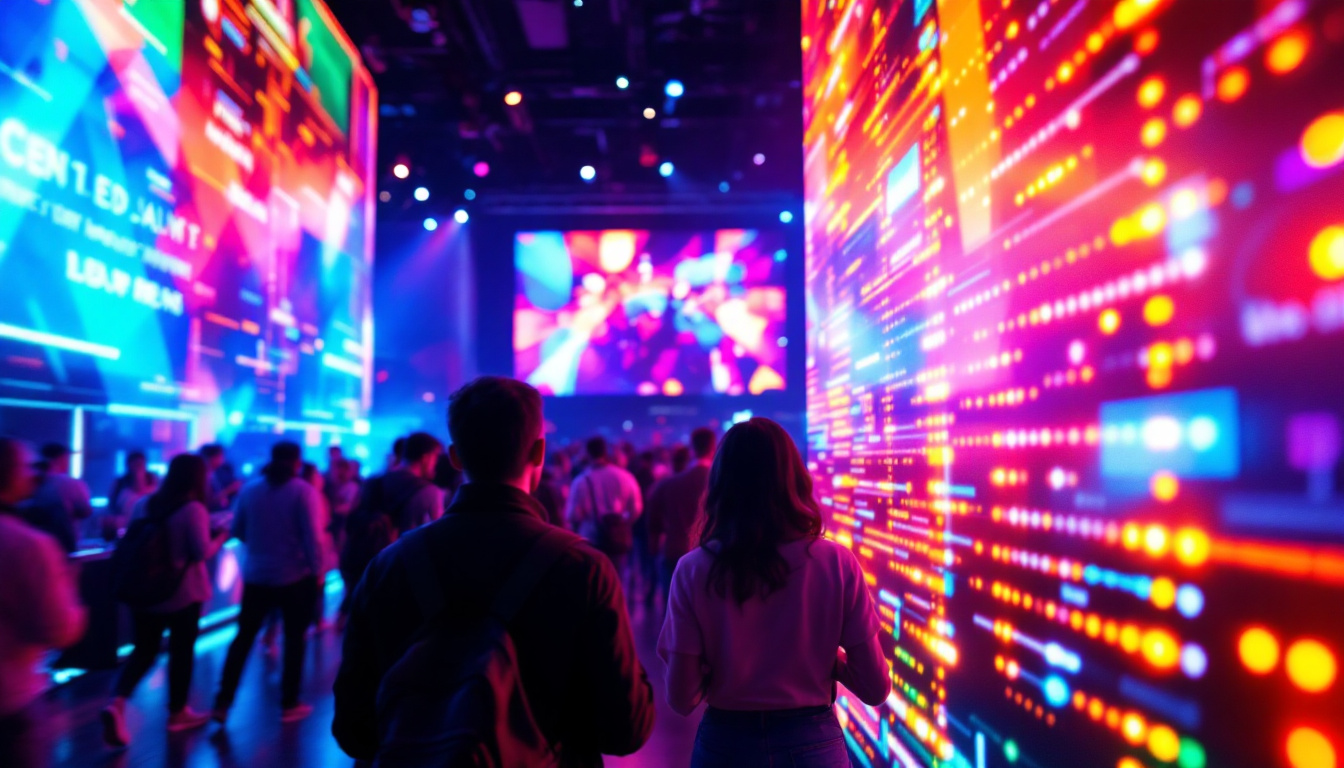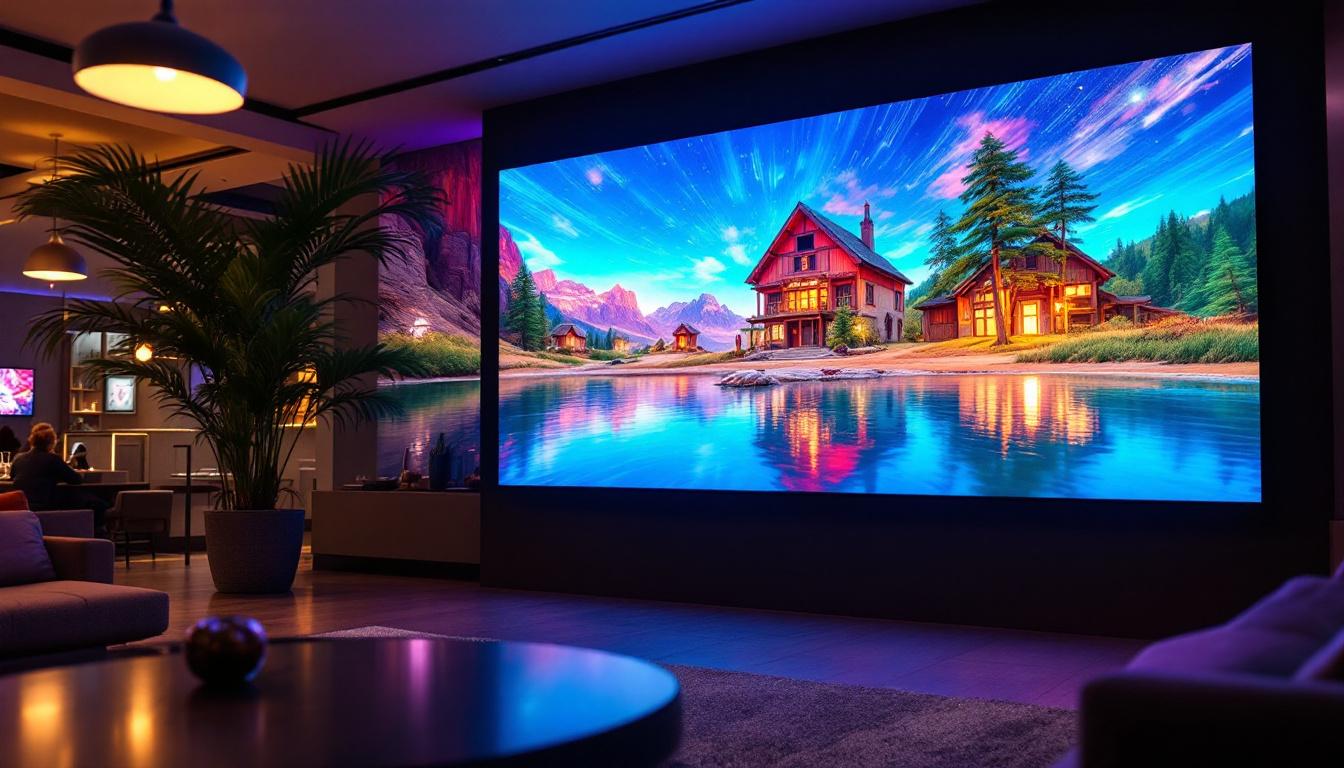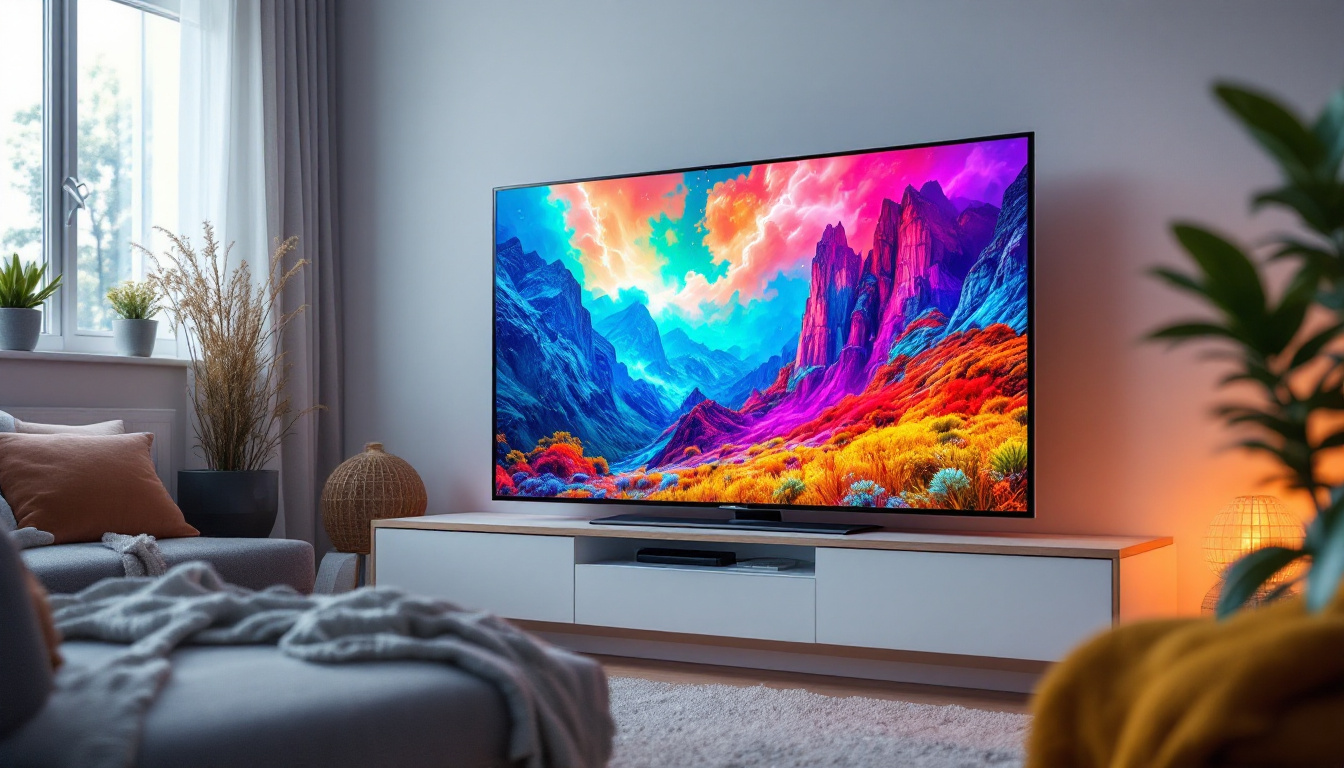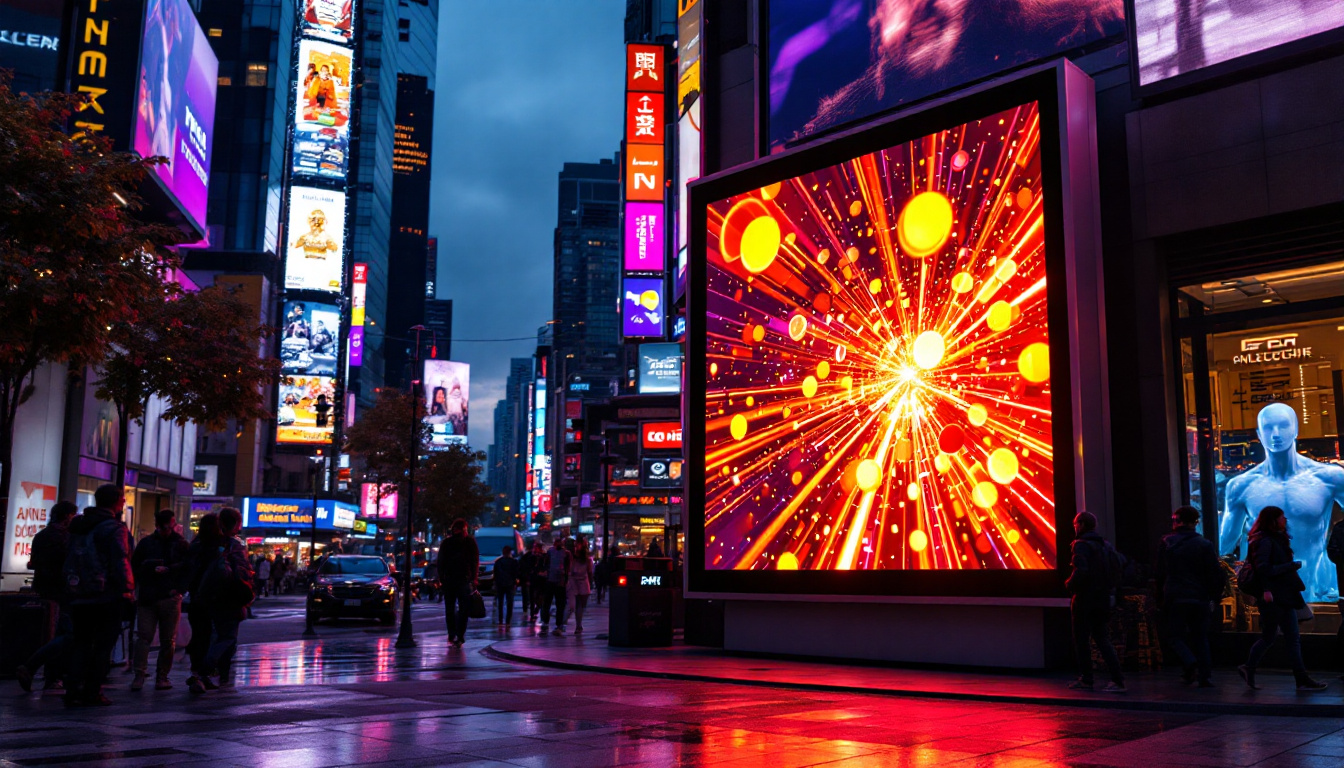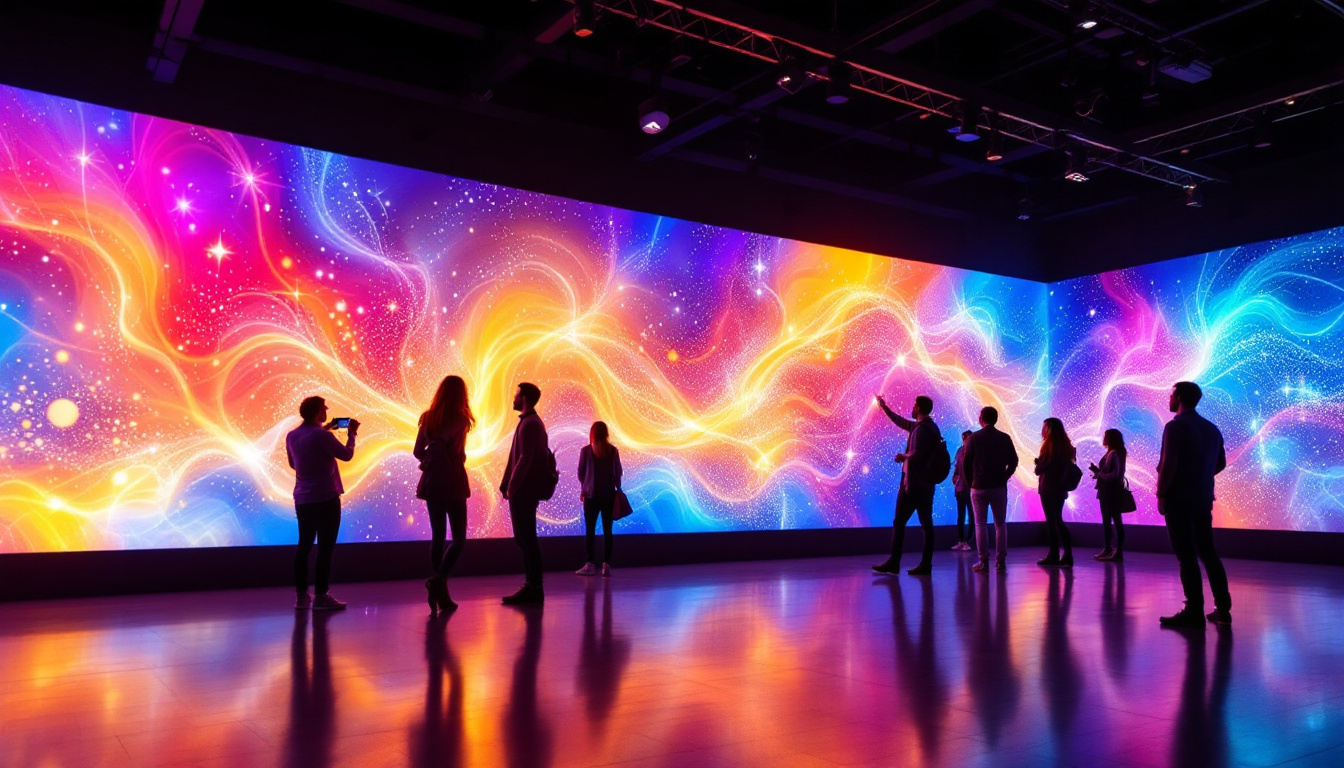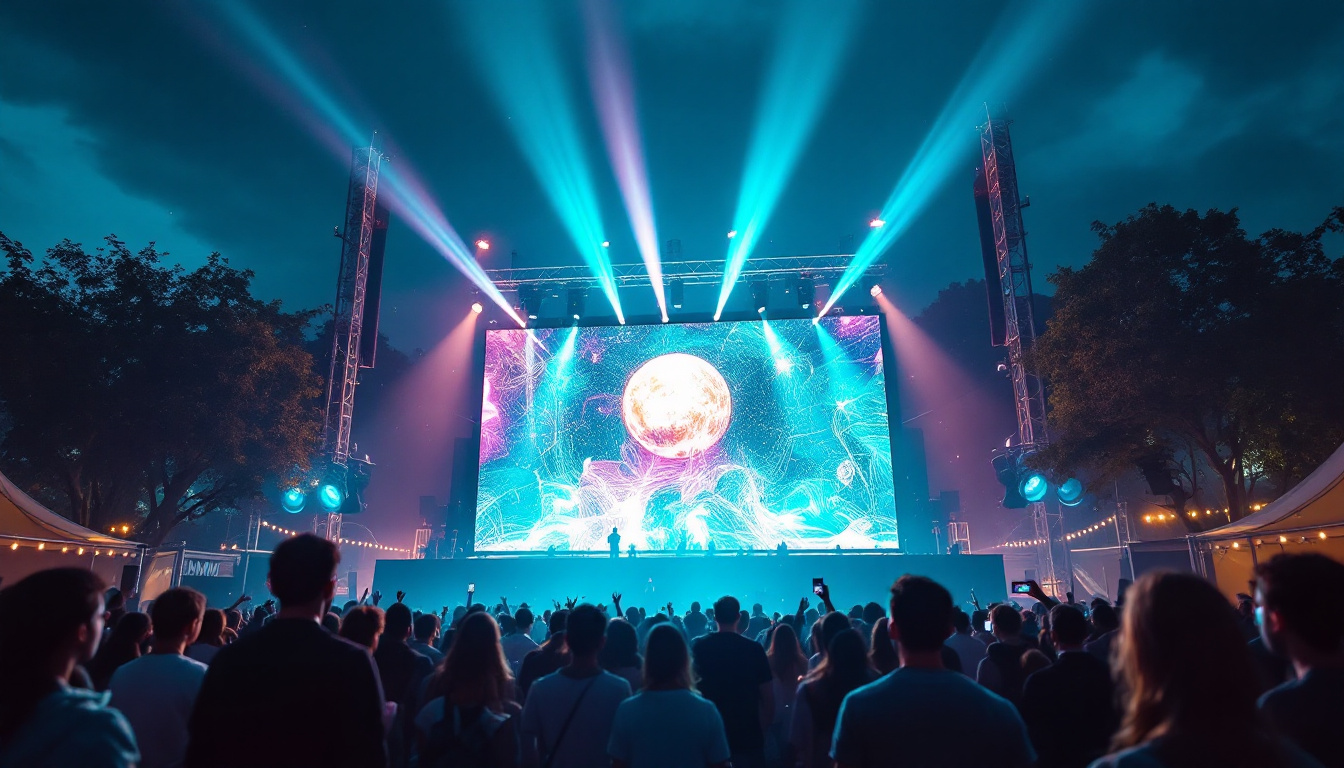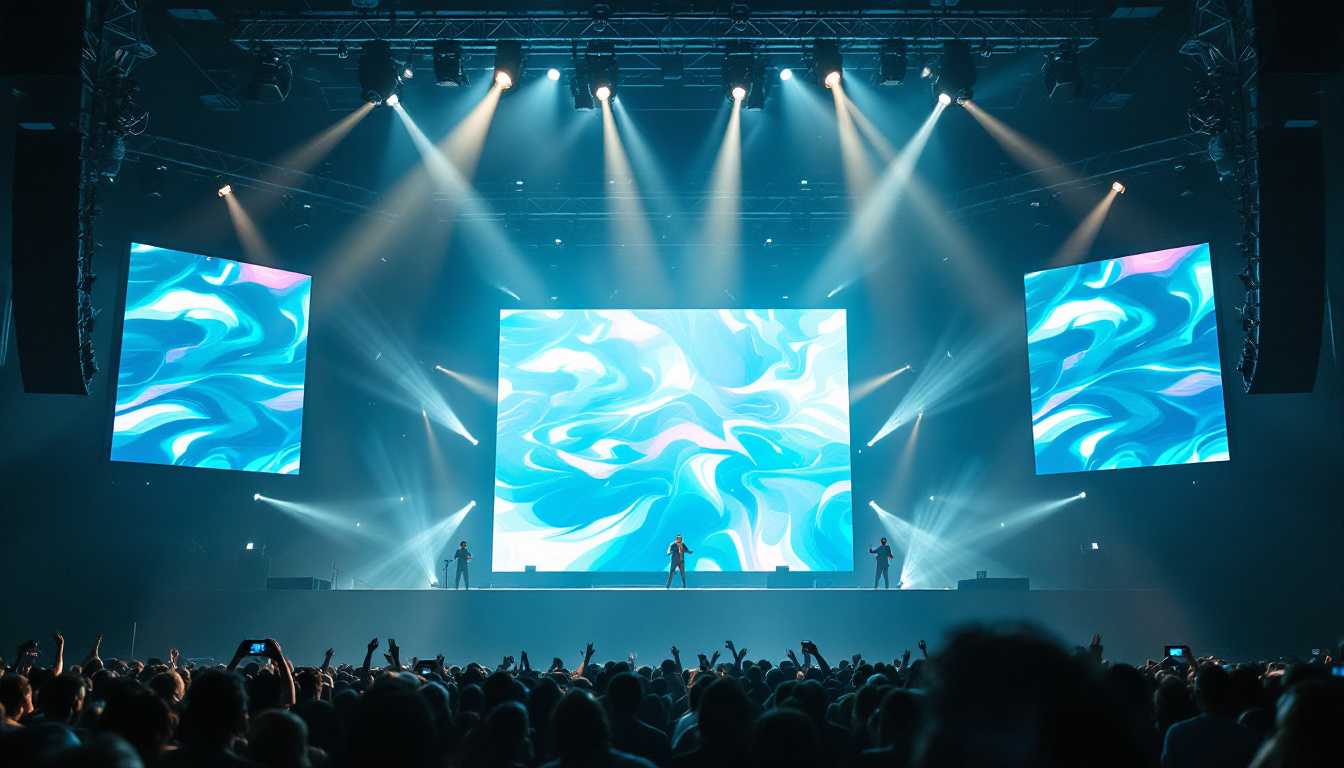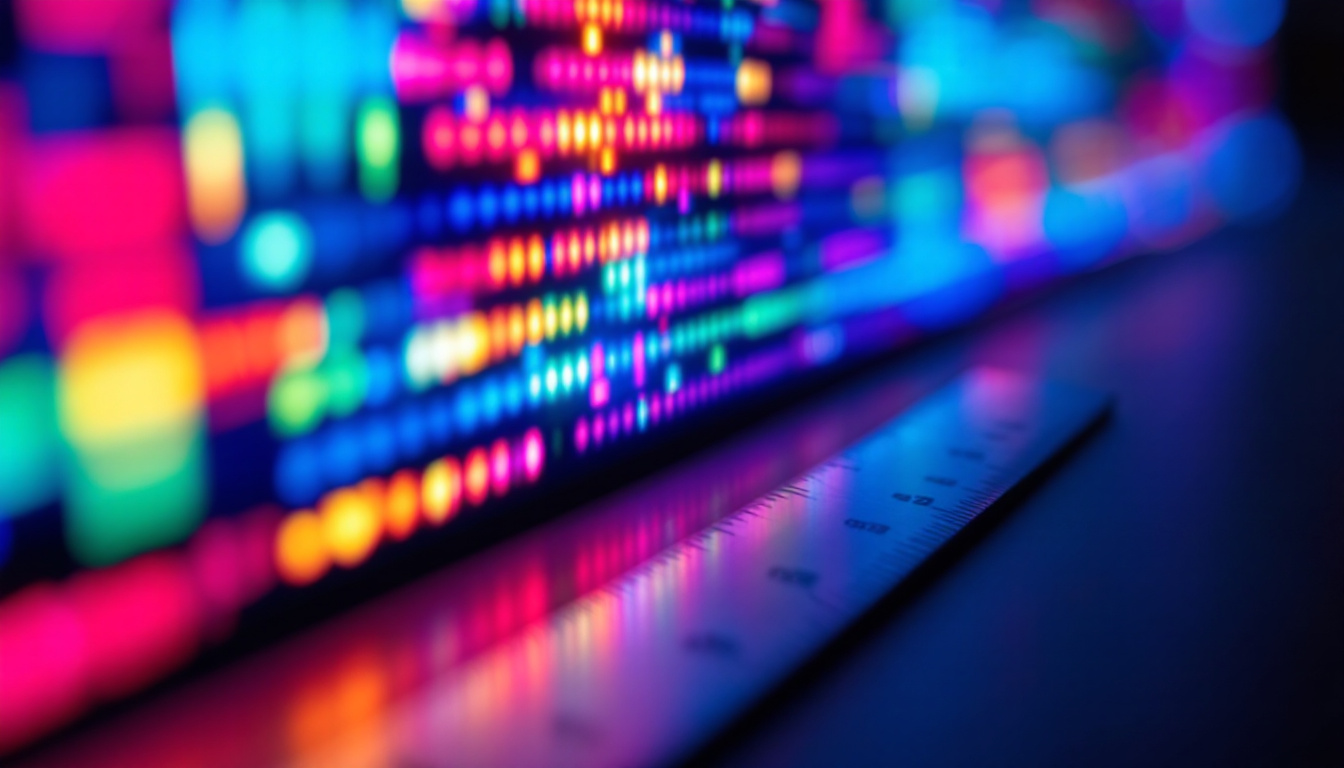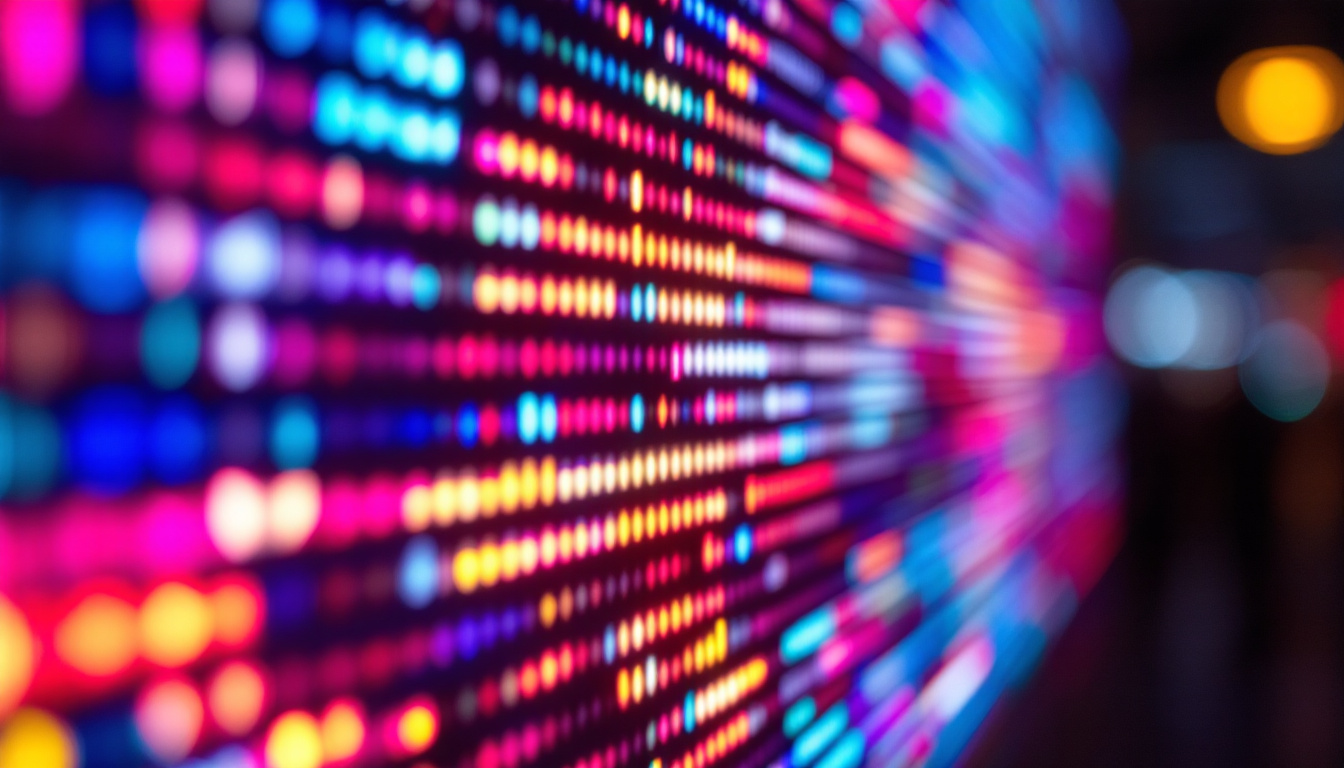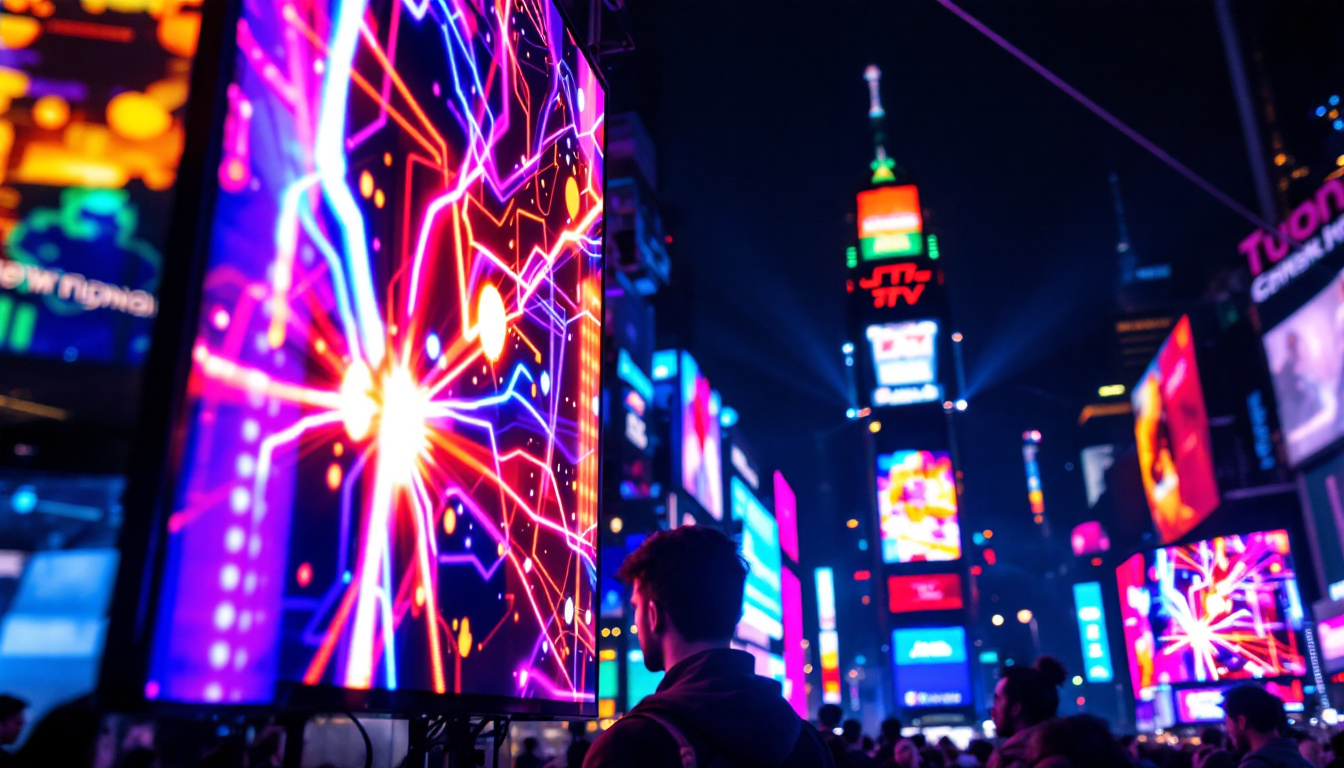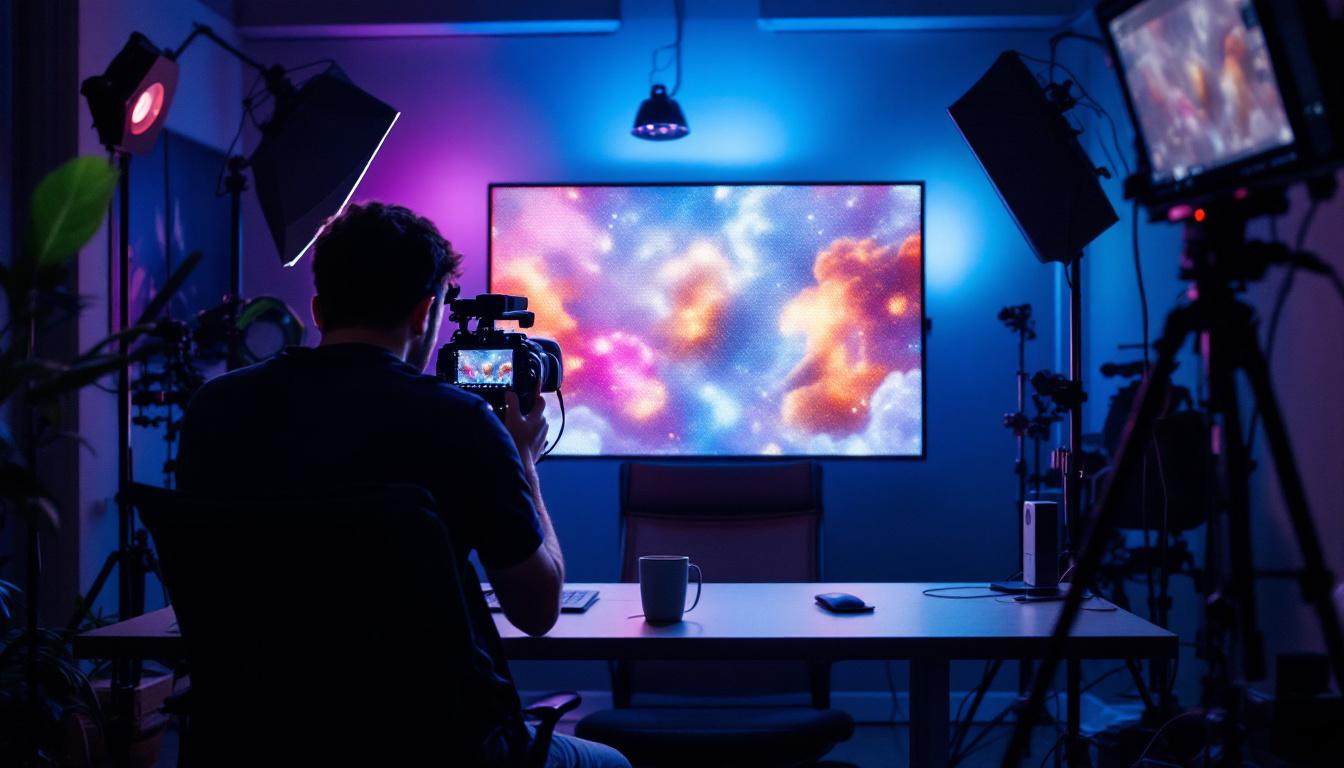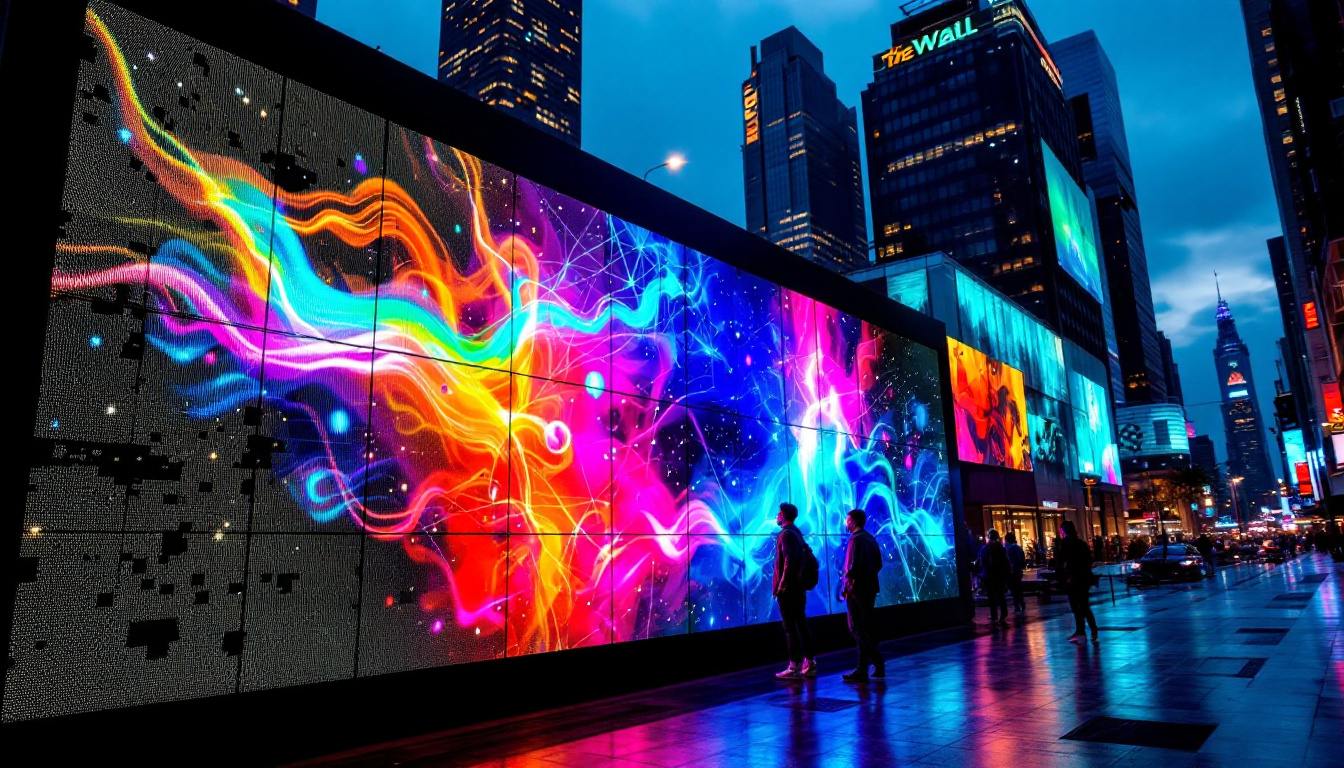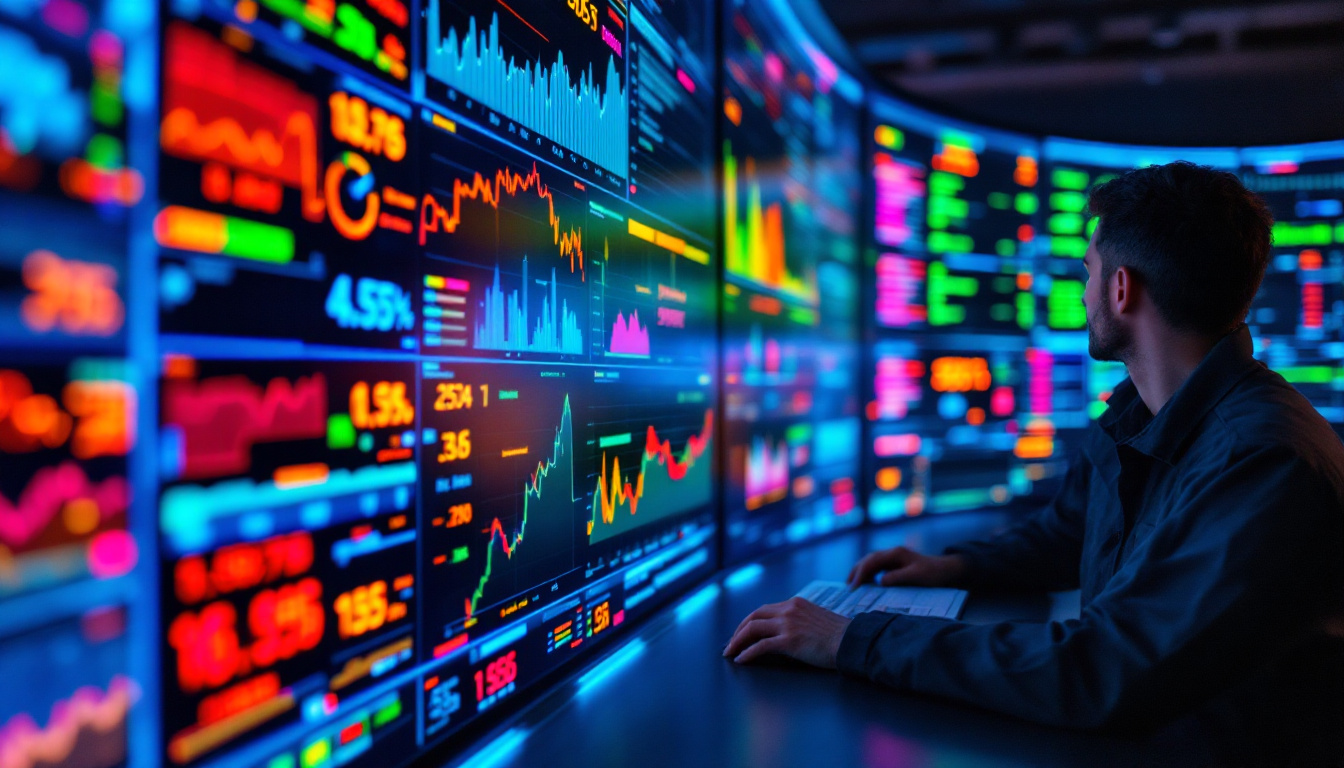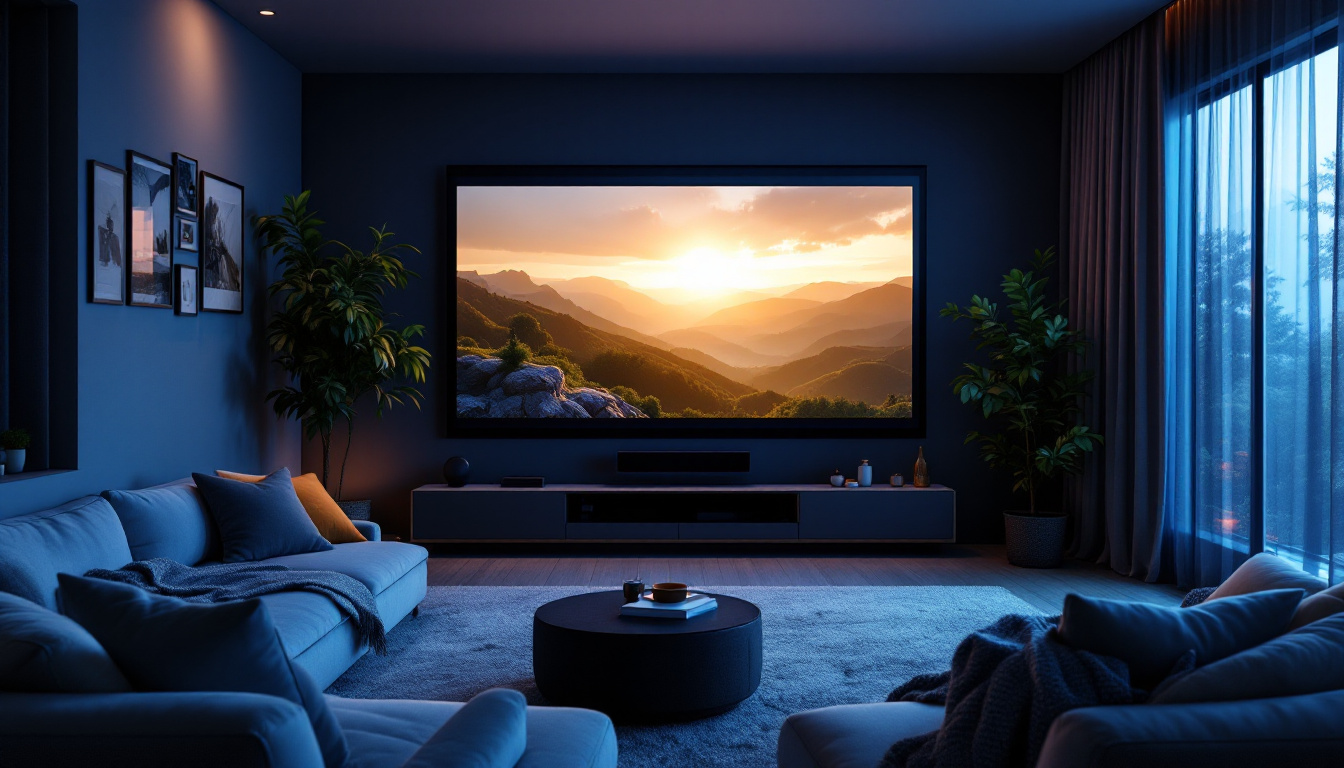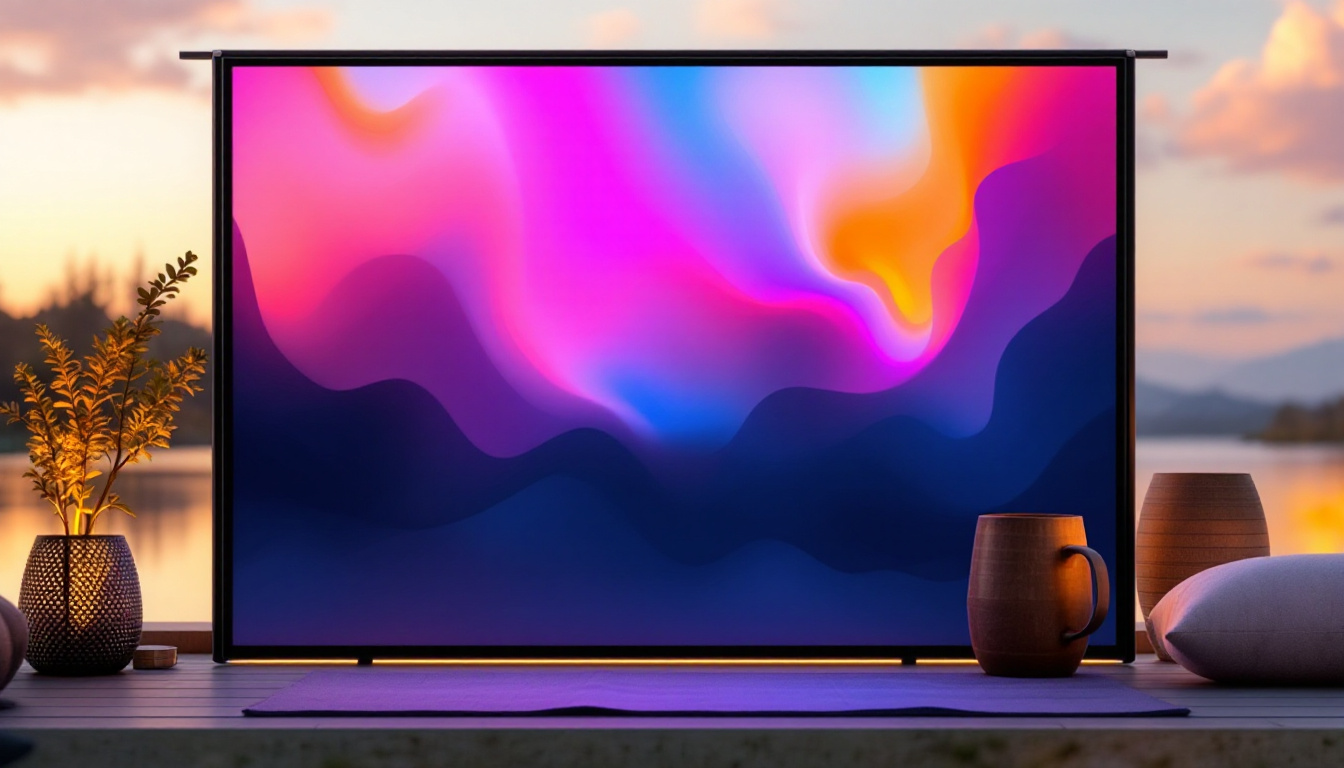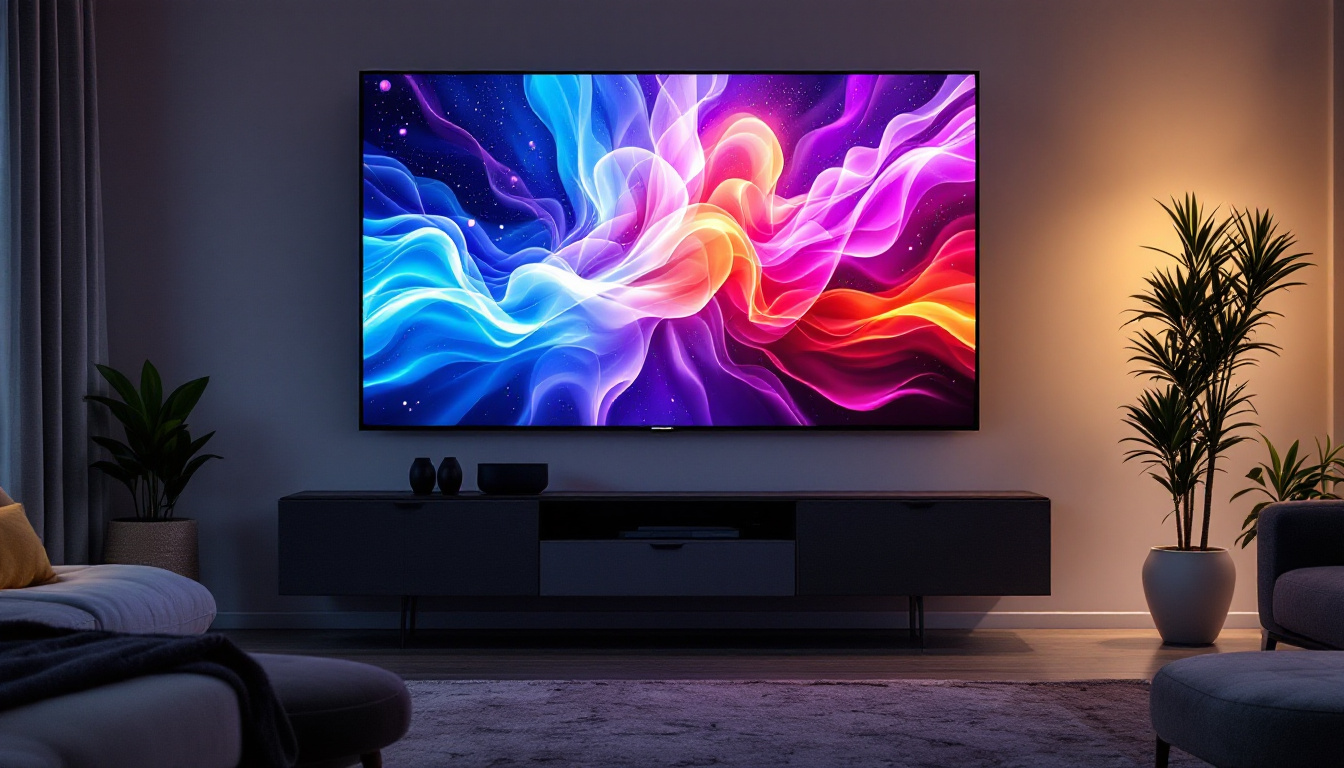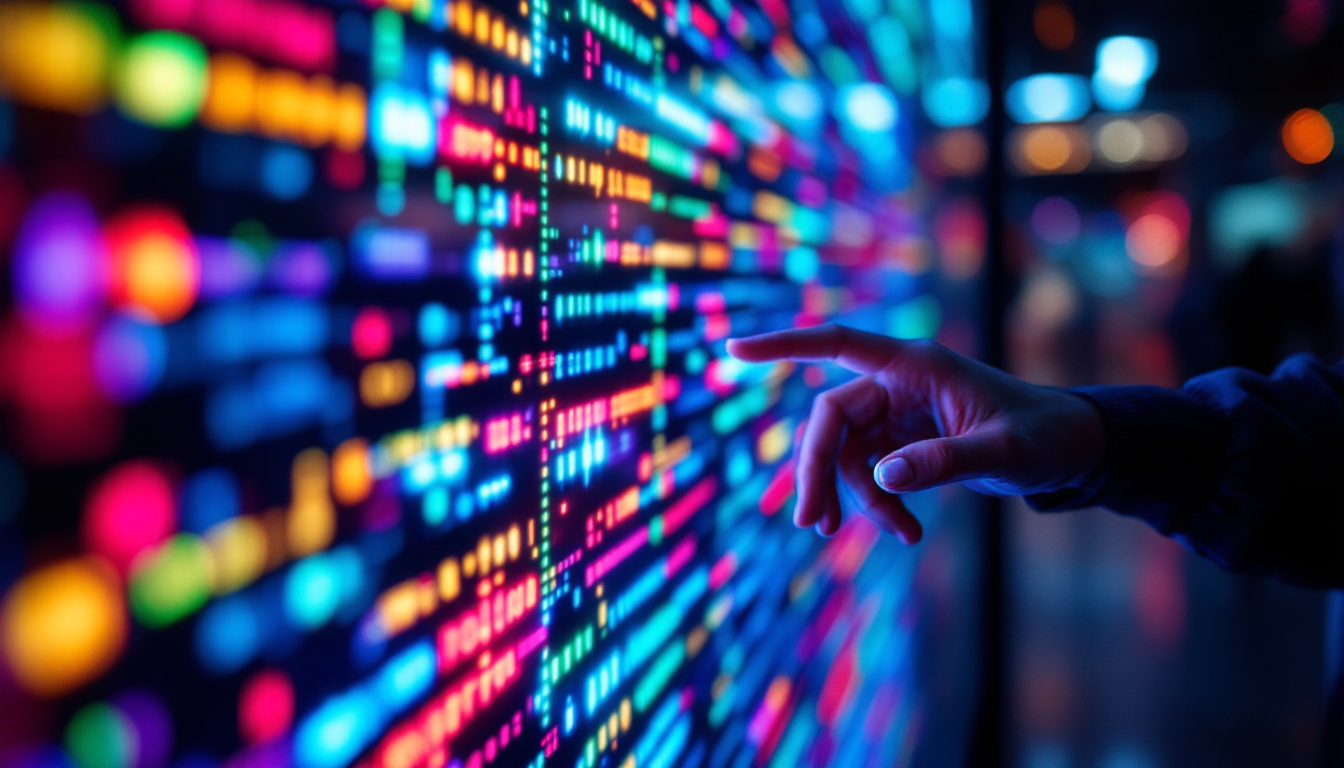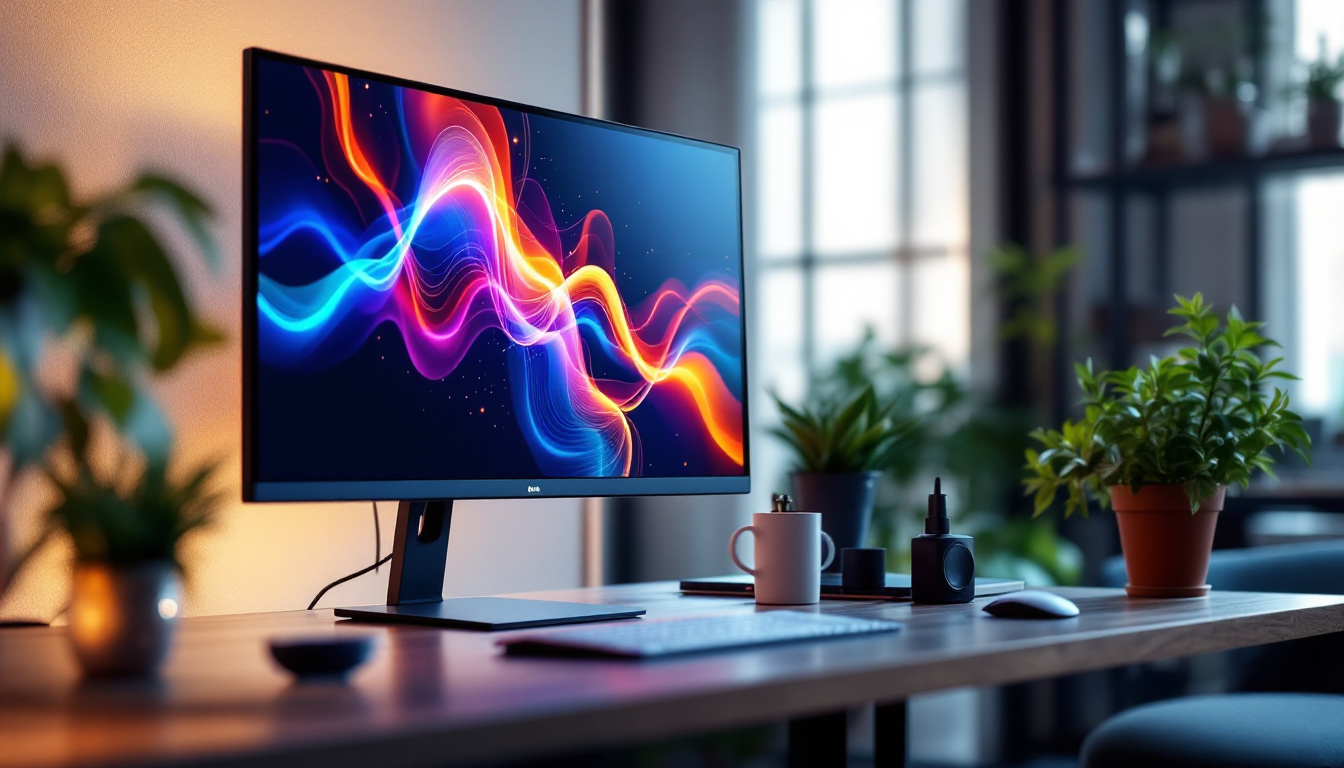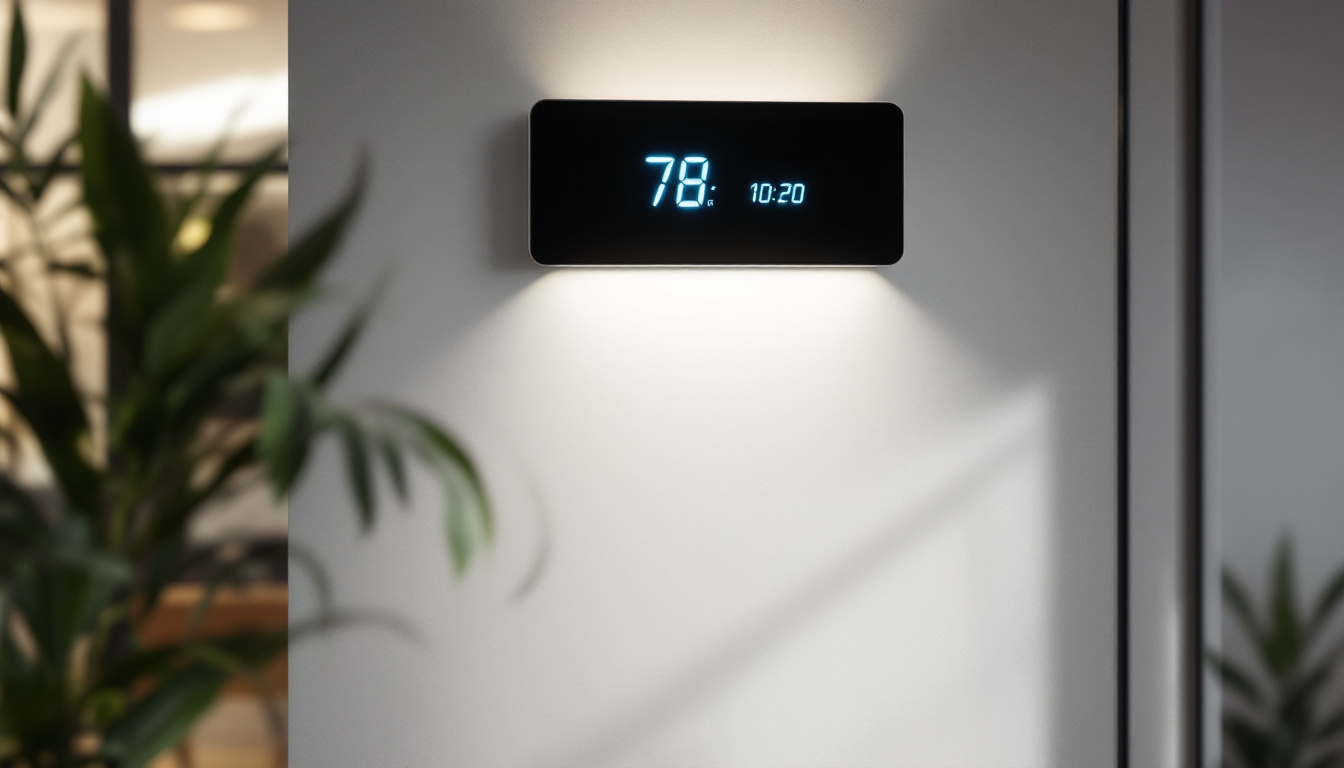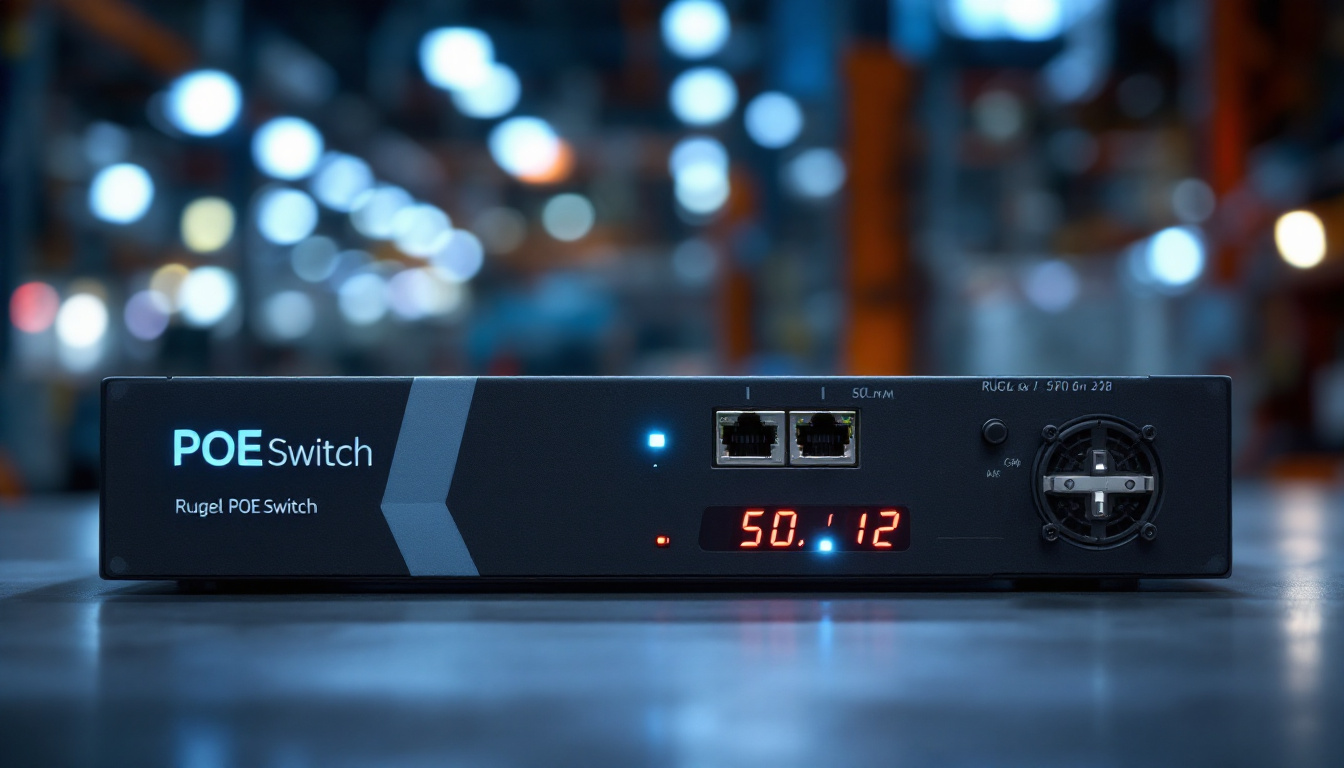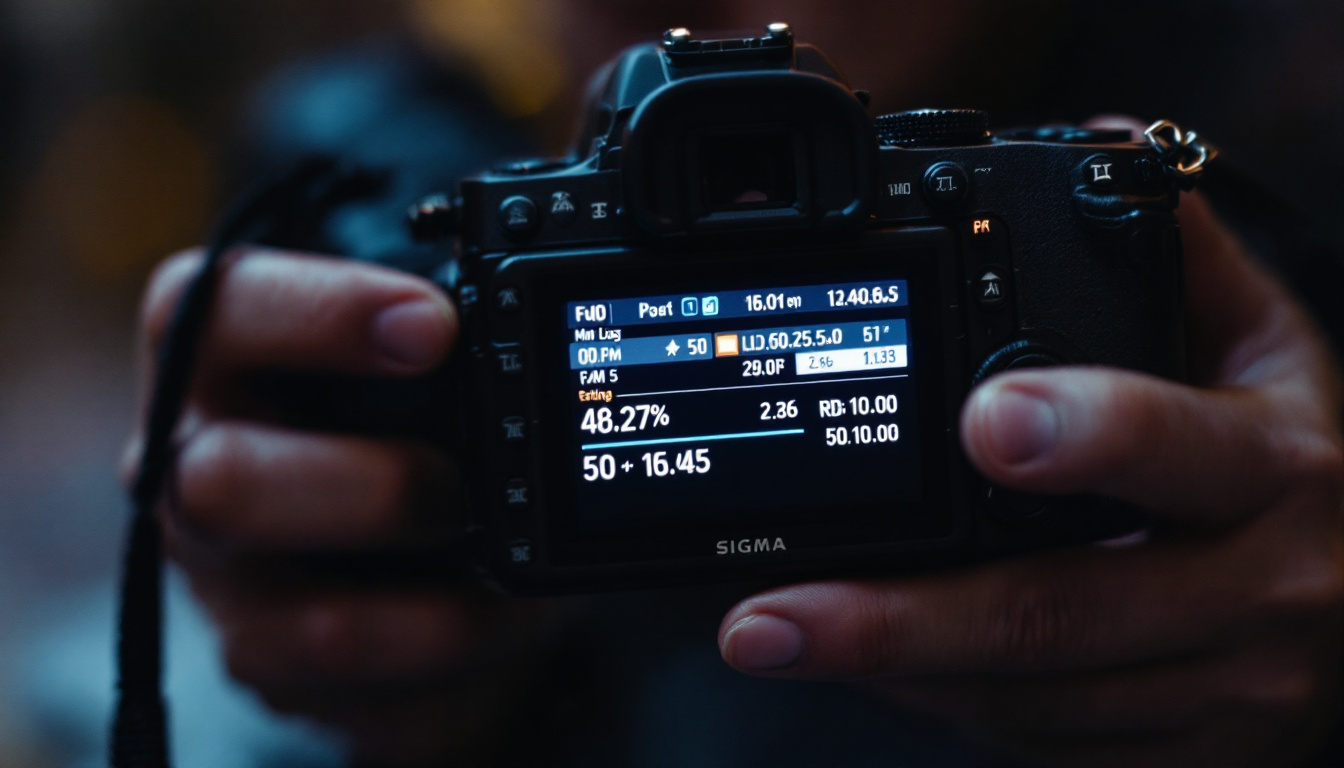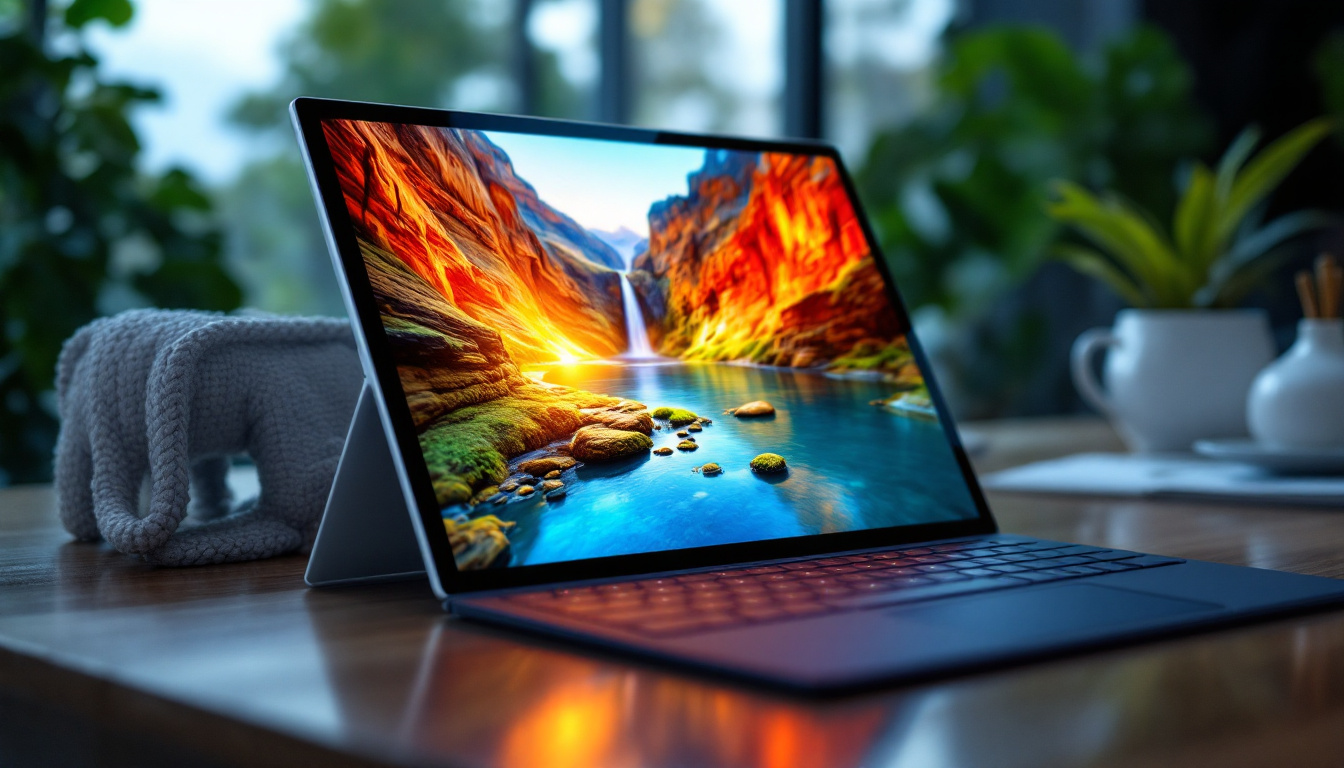In today’s digital age, the demand for high-quality visual displays has surged, leading to the widespread use of screen wall panels. These panels, particularly LED displays, have become a staple in various environments, ranging from corporate settings to entertainment venues. This article delves into the intricacies of screen wall panels, focusing on LED technology, its applications, benefits, and future trends.
Understanding LED Technology
Light Emitting Diode (LED) technology has revolutionized the way we perceive visual content. Unlike traditional display technologies, LEDs offer superior brightness, energy efficiency, and longevity. This section explores the fundamental aspects of LED technology that make it ideal for screen wall panels. The rapid advancement in LED technology has not only enhanced the quality of visual displays but has also significantly reduced energy consumption, making it a more sustainable choice for both consumers and businesses alike.
How LED Displays Work
LED displays consist of numerous tiny light-emitting diodes that work together to create images. Each diode can emit different colors, and by combining these colors, the display can produce a wide range of hues. The arrangement of these diodes can vary, leading to different types of LED displays, such as direct view and backlit displays. This versatility allows for a tailored approach in designing displays that meet specific needs, whether for advertising, entertainment, or information dissemination.
In a direct view LED display, the diodes are arranged in a grid, allowing for a more vivid and dynamic visual experience. This setup is particularly beneficial for large-scale installations where clarity and brightness are paramount. The pixel pitch, or the distance between the centers of two adjacent pixels, plays a crucial role in determining the resolution and viewing distance of the display. Conversely, backlit displays utilize LEDs to illuminate an LCD panel, which can limit the overall brightness and color accuracy. While backlit displays are often more cost-effective, they may not provide the same level of immersion and detail as their direct view counterparts, especially in environments with high ambient light.
Types of LED Displays
There are several types of LED displays, each suited for specific applications. The most common types include:
- Indoor LED Displays: These are designed for use in controlled environments, such as conference rooms and retail spaces. They typically offer high resolution and vibrant colors, making them perfect for presentations and advertising. The ability to customize these displays allows businesses to create engaging content that captures the attention of their audience.
- Outdoor LED Displays: Built to withstand the elements, outdoor displays are brighter and more durable. They are often used for billboards and public information displays. These displays are engineered to resist weather conditions, including rain, snow, and extreme temperatures, ensuring consistent performance and visibility even in challenging environments.
- Transparent LED Displays: These innovative displays allow light to pass through, making them ideal for retail environments where visibility is crucial. They create a unique blend of digital content and physical space, allowing products to be showcased behind the display while still delivering engaging visual messages. This technology not only enhances the shopping experience but also opens new avenues for creative advertising.
Another emerging type of LED display is the flexible LED screen, which can be bent or shaped to fit various surfaces. This adaptability makes them suitable for unique architectural designs and creative installations, allowing designers to push the boundaries of traditional display formats. As technology continues to evolve, we can expect even more innovative applications of LED technology, further transforming the visual landscape in both commercial and residential settings.
Applications of Screen Wall Panels
Screen wall panels have found their way into various sectors, proving their versatility and effectiveness. From marketing to entertainment, the applications of LED displays are vast and varied.
Corporate Environments
In corporate settings, screen wall panels serve multiple purposes. They can be used for presentations, video conferencing, and displaying important information in real-time. The clarity and brightness of LED displays ensure that all content is easily viewable, even in well-lit rooms.
Moreover, these panels can enhance the aesthetic appeal of an office space. A well-placed LED wall can serve as a focal point, showcasing the company’s branding and values while also providing functional benefits.
Retail and Advertising
Retail environments have embraced LED screen wall panels as powerful advertising tools. These displays can capture the attention of potential customers with vibrant visuals and dynamic content. They allow retailers to showcase promotions, new products, and brand stories in an engaging manner.
Additionally, the ability to change content quickly and remotely makes LED displays an attractive option for businesses looking to adapt to market trends rapidly. This flexibility can lead to increased foot traffic and, ultimately, higher sales.
Entertainment and Events
In the entertainment sector, LED screen wall panels play a crucial role in enhancing the audience’s experience. Concerts, festivals, and sporting events utilize large LED displays to broadcast live feeds, animations, and special effects. The brightness and clarity of these screens ensure that everyone in the audience can enjoy the show, regardless of their seating position.
Furthermore, LED technology allows for creative installations, such as immersive environments that engage viewers on multiple sensory levels. This innovation has transformed how events are experienced, making them more memorable and impactful.
Benefits of LED Screen Wall Panels
The advantages of using LED screen wall panels are numerous, making them a preferred choice for many applications. Understanding these benefits can help businesses and organizations make informed decisions when investing in display technologies.
Energy Efficiency
One of the most significant benefits of LED technology is its energy efficiency. LED displays consume less power compared to traditional display technologies, leading to lower operational costs. This efficiency not only benefits the environment but also allows organizations to allocate resources more effectively.
Moreover, the longevity of LED panels means that they require less frequent replacements, further reducing costs associated with maintenance and disposal.
High Brightness and Clarity
LED displays are known for their exceptional brightness, making them suitable for various lighting conditions. Whether in a dimly lit conference room or a brightly lit outdoor environment, LED panels maintain clarity and vibrancy, ensuring that content is always visible and engaging.
This high level of visibility is crucial for applications where communication is key, such as in emergency situations or during major events where information needs to be disseminated quickly and effectively.
Flexible Design Options
LED screen wall panels offer remarkable flexibility in design. They can be customized to fit various shapes and sizes, allowing for creative installations that enhance the overall aesthetic of a space. This adaptability is particularly valuable in retail and corporate environments, where branding and visual appeal are essential.
Additionally, the modular nature of LED displays means that they can be easily expanded or reconfigured as needs change, providing a future-proof solution for organizations.
Challenges and Considerations
While LED screen wall panels offer numerous benefits, there are also challenges and considerations that potential users should be aware of. Understanding these factors can help organizations make the best choices for their specific needs.
Initial Investment Costs
One of the primary challenges associated with LED displays is the initial investment cost. High-quality LED panels can be expensive, which may deter some organizations from adopting this technology. However, it is essential to consider the long-term savings associated with energy efficiency and reduced maintenance costs.
Organizations should conduct a thorough cost-benefit analysis to determine whether the investment aligns with their goals and budget. In many cases, the long-term advantages outweigh the initial costs.
Technical Expertise
Implementing and maintaining LED screen wall panels may require technical expertise that some organizations may lack. Proper installation, calibration, and troubleshooting are crucial for optimal performance. Organizations should consider partnering with experienced vendors or consultants who can provide the necessary support.
Training staff to operate and maintain the displays can also be beneficial, ensuring that the technology is used effectively and efficiently.
Content Management
Another consideration is content management. While LED displays offer the ability to change content quickly, organizations need a strategy for managing and curating that content. This includes ensuring that visuals are engaging, relevant, and updated regularly.
Investing in content management software or hiring a dedicated team to oversee content can enhance the effectiveness of LED displays, maximizing their impact on audiences.
Future Trends in LED Display Technology
The landscape of LED display technology is continuously evolving, with new innovations and trends emerging regularly. Staying informed about these developments can help organizations leverage the latest advancements to enhance their visual communication strategies.
Advancements in Resolution
As technology progresses, the resolution of LED displays is improving significantly. Higher pixel densities allow for sharper images and more detailed visuals, making them suitable for a wider range of applications. This trend is particularly evident in indoor environments, where high-resolution displays can enhance presentations and advertising.
With advancements in resolution, the gap between LED displays and traditional display technologies is narrowing, making LED a more attractive option for various applications.
Integration with Smart Technology
The integration of LED displays with smart technology is another trend gaining traction. Smart LED displays can connect to the internet, allowing for remote content management, real-time updates, and data analytics. This connectivity enhances the overall functionality of LED panels and provides organizations with valuable insights into audience engagement.
As smart technology continues to evolve, the potential applications for LED displays will expand, offering even more opportunities for organizations to connect with their audiences.
Sustainability Initiatives
As environmental concerns become increasingly prominent, the LED display industry is focusing on sustainability initiatives. This includes developing energy-efficient technologies, using recyclable materials, and implementing responsible manufacturing practices.
Organizations that prioritize sustainability can benefit from adopting LED displays, as they align with eco-friendly practices while also reducing operational costs.
Conclusion
Screen wall panels, particularly those utilizing LED technology, have transformed the way organizations communicate visually. With their numerous applications, benefits, and ongoing advancements, LED displays are becoming an essential tool in various sectors. While challenges exist, the advantages often outweigh the drawbacks, making them a worthwhile investment for businesses and organizations looking to enhance their visual communication strategies.
As technology continues to evolve, the future of LED screen wall panels looks promising, offering even more opportunities for innovation and engagement. By staying informed about trends and developments, organizations can leverage LED displays to connect with their audiences effectively and efficiently.
Discover LumenMatrix LED Display Solutions
Ready to elevate your visual communication with cutting-edge LED technology? Explore LumenMatrix’s comprehensive range of LED display solutions, designed to captivate your audience and amplify your message. From vibrant Indoor and Outdoor LED Wall Displays to innovative Transparent and Custom LED Displays, LumenMatrix is at the forefront of creating immersive visual experiences. Embrace the future of digital signage with our advanced LED solutions that promise to transform your space and engage viewers like never before. Check out LumenMatrix LED Display Solutions today and see your vision come to life.

